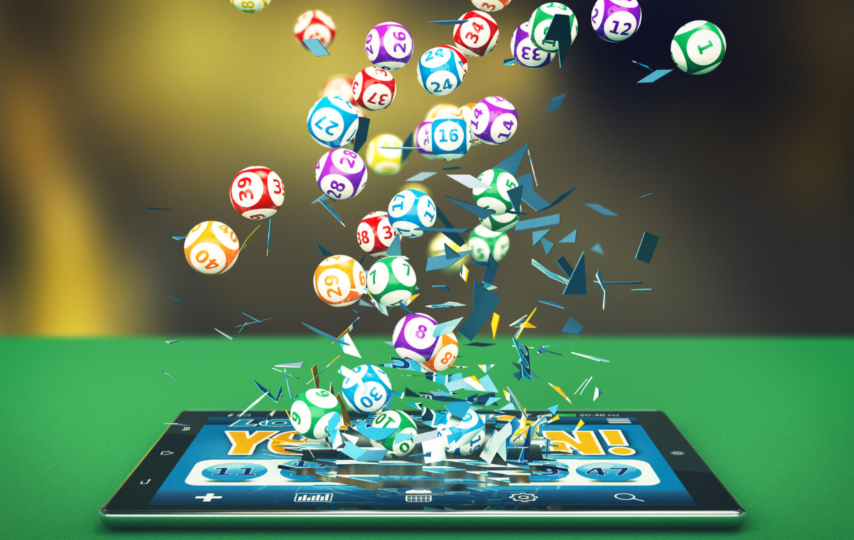Bingo, one of the oldest games still enjoyed today, has undergone a remarkable transformation thanks to technology. From its humble beginnings in traditional halls to becoming an online titan, technology has revolutionized the way we experience this popular pastime. Today, even traditional activities like bingo are available online, with varied playing options are part of the driving force behind this evolution.
A Journey Through Time: Bingo’s Historical Roots
Bingo’s origins can be traced back to Italy in 1530, where it was initially known as “Beano” before adopting the name “bingo.” The game later found its way to France in 1778, where it became known as “Le Lotto.” By 1963, bingo had become a significant cultural phenomenon in the UK, with over 14 million UK residences holding a bingo club account. The game’s popularity continued to grow, and in 1996, online bingo games emerged in the United States, marking a new era for the classic game.
The Rise of Online Bingo: A Global Community
In the late 1990s, the internet revolutionized the gaming industry and the digital marketing, Bingo was quick to embrace this new era. The advent of online Bingo platforms introduced players to a convenient and accessible way of enjoying their favourite game from the comfort of their homes. No longer bound by geographical constraints, players could connect with a vast community of enthusiasts from all corners of the world.
The advent of online bingo brought a fundamental shift in the way people played the game. Online platforms offered varied features and playing options, and players were no longer limited by geographic boundaries. Online bingo became part of the driving, offering exciting opportunities for players to enjoy their favourite game conveniently from their computers or mobile devices.
Online bingo not only offered convenience but also came with numerous advantages. Players could access reduced prices, enjoy free games, and receive big bonuses. The online bingo community flourished as players gathered in virtual chat rooms to celebrate wins together, providing a sense of social connection akin to that found in traditional bingo halls.
The introduction of online Bingo also marked the transition from physical bingo cards to virtual cards displayed on computer screens or mobile devices. This shift not only reduced paper waste but also offered players an enhanced user experience with automated card marking and instant win notifications.
Mobile Bingo: Gaming on the Go
As smartphones and tablets became commonplace, Bingo operators recognized the potential of mobile technology. Mobile Bingo apps were developed, allowing players to indulge in games on the go. The portability and convenience of mobile devices attracted a younger audience, revitalizing the game’s demographic and expanding its reach.
Mobile Bingo apps also introduced various engaging features, such as in-game chat rooms, themed graphics, and interactive elements, fostering a sense of community and camaraderie among players. As a result, Bingo transcended its traditional image and became a dynamic and social activity in the digital landscape.
Several smartphone manufacturers are currently developing smartphones with artificial intelligence processors and software. These devices are aimed at providing users with an enhanced smartphone experience, where the built-in AI processor enables the phone to learn from its user and provide customized features and functionality. This integration of AI technology opens up exciting possibilities for the mobile Bingo experience. Players can expect more personalized gaming recommendations, real-time assistance, and improved user interfaces, tailoring the Bingo experience to their preferences and playing styles.
Tech-savvy Gameplay
Technology has not only impacted the way Bingo is played but also the gameplay itself. While the fundamental rules of the game remain intact, modern iterations have incorporated new and innovative features. For instance, some online Bingo platforms offer progressive jackpots, where the prize money grows with each game until a lucky player claims the grand prize. This element of unpredictability and excitement has added an extra layer of thrill to the game.
Additionally, technology has facilitated the integration of side games and mini-games, providing players with more entertainment options during Bingo sessions. These games often complement the main Bingo gameplay and offer additional opportunities to win prizes, keeping players engaged and entertained.
The Evolution of Bingo Culture
Beyond the gameplay, technology has profoundly influenced the culture surrounding Bingo. Traditional Bingo halls, once the heart of local communities, have faced competition from the virtual world. However, online Bingo platforms have adapted by creating digital communities and chat rooms, allowing players to interact, share stories, and celebrate wins together.
Moreover, the global reach of online Bingo has fostered cultural exchange and understanding. Players from diverse backgrounds come together, breaking down barriers and forming connections based on their shared love for the game. Bingo, once confined to specific regions and cultures, has evolved into a global phenomenon that transcends boundaries.
Challenges and Opportunities
Despite its many benefits, technology has presented Bingo culture with some challenges. The social aspect of Bingo, which was once a hallmark of the game, has seen a shift towards virtual interactions. While online chat rooms foster a sense of community, they can’t fully replicate the atmosphere of a physical Bingo hall. Furthermore, the reliance on technology raises concerns about data security and responsible gaming practices, demanding constant vigilance from operators and players alike.
On the other hand, technology has opened new opportunities for Bingo’s future. Advancements in virtual reality (VR) and augmented reality (AR) could potentially offer immersive and realistic Bingo experiences, bridging the gap between digital and real-world interactions.
Innovative Gaming Technology: The Future of Bingo
Game developers have embraced innovative technology, particularly in the mobile gaming market, which now accounts for 50% of overall gaming revenue. Most online bingo participants fall within the age range of 25 to 34, showing the game’s appeal to younger audiences.
Looking ahead, the trajectory of online bingo appears to show a continuous upward trend in revenue, propelled by ongoing technological advancements. Players can expect high-quality graphics, unique themes, and the potential integration of augmented reality (AR) or virtual reality (VR) innovations, taking the game to new and exciting levels







